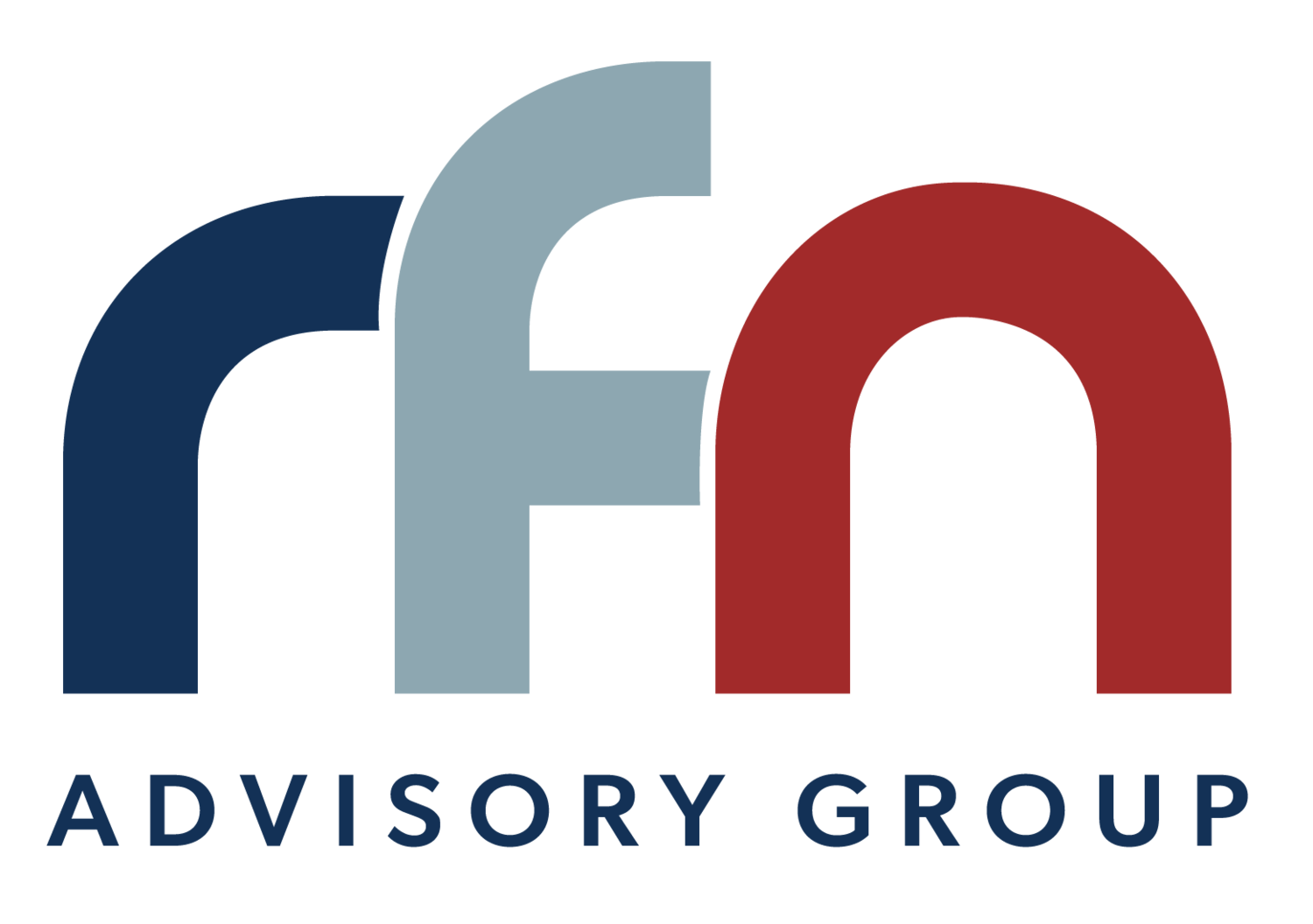Gearing Up: Preparing for Balanced Sales Acceleration
Grow or die. It is the entrepreneur’s mantra, a cornerstone of capitalism, and at the core of C-level decision-making in businesses of all sizes, across every sector of the economy. The emphasis on growth is reflected in judgments about the strength of our capital markets and business valuations. If growing companies are successful and worth more, then flat or decreasing sales means trouble. And yet our romance with high growth can lead to big, hard-to-manage challenges when its velocity stresses capacity, capabilities, and competencies.
With the economy struggling from the effects of COVID-19 and many businesses fighting tooth-and-nail for their future, it might seem like an odd time to talk about growth. However, now is a good time. The opportunity to re-evaluate your growth strategy, processes and performance can provide greater clarity when markets revive.
There are many good reasons to focus on topline growth. Growth is best when it supports and is enabled by a thoughtful and data-driven strategy, rigorously executed, then the benefits are clearly greater than the risks.
The most obvious outcome of strategic and intentional growth is greater economies of scale. When a business reaches that key inflection point where margins begin to increase exponentially due to growth, returns on assets and investment emerge that cannot be achieved through any other operational efficiencies. Use of “intentional growth” is, well, intentional. It cannot be ignored.
It is possible to rationalize growth as adding unquestionable value, but research tells a different story. Although private businesses are very different than their public counterparts, we can learn from the more transparent data from the public markets.
California State University finance professor Cyrus Ramezani analyzed the relationship between growth and shareholder value of public companies. His surprising conclusion was companies with the fastest revenue growth (average annual sales growth of 167% over a 10-year period) showed, over the period studied, worse share price performance than slower-growing firms (average growth of 26%). In other words, hotshot companies could not maintain their growth rates, and their stocks suffered.
There are many ways unmanaged growth can impair enterprise value. The dangers of whale-hunting are a simple example. Like Ahab in Moby Dick, almost all business owners instinctively pursue the whale and celebrate when the big account is landed. Too often, it becomes a cautionary tale.
Think of small manufacturers that, laudably, punch above their weight to secure big contracts with a national retailer. How did they do it?
It’s likely the large customer negotiated significant discounts since smaller companies have no pricing power. For the vendor, gross margins decline, the first sign of trouble when it comes to cash flow.
The manufacturer must stock more inventory to satisfy demand, constricting cash.
Additional manufacturing capacity may be required – without a firm purchase guarantee from the customer. Some sort of loan may be required, adding debt service to other cash flow demands. If purchase volume declines, the vendor is indebted at the same time revenues reduce.
The manufacturer accepts strenuous requirements for on-demand minimums, narrow window deliveries, special packaging, and take backs if the products fail to sell as planned. In fact, most of the risk falls on the vendor.
Less attractive payment terms shift capital risk away from the customer, stressing the vendor’s balance sheet and banking relationships. If there is a loan outstanding, it’s entirely possible to breach bank covenants as receivables stretch past 90 days.
Perhaps counter-intuitively, the big sale that dramatically increased the topline has tipped the scales toward significant customer concentration, one of two major value killers for mid-sized businesses (the other is dependence on the owner). When a customer represents more than 15-20% of overall revenues, enterprise value is heavily discounted.
With all these stressors, quality might suffer or attention to customer service could move to the edges out of the spotlight. We really can’t blame the sales team. They did exactly what we wanted them to – drive top-line growth. Compensation and incentives further drive sales discipline (or the lack of it). Not only did we direct them to land the big account, we paid them handsomely for the associated risks.
What’s missing from the picture? In many cases, an intentional growth plan aligned with an over-arching strategy that answers two key questions: where are we going? And how will we get there?
Strategic planning isn’t a thought experiment. It’s an agile, values-based roadmap with an absolute bias for action. Everything we do daily – from our value proposition to sales process to customer service – must be aligned with it. The market is a crucible in which your planning is tested. An agile strategy, backed by a team that understands and embraces its importance, is a competitive advantage-- and your company becomes more valuable as a result.
Ready for Next also has a recorded webinar about strategic growth.
